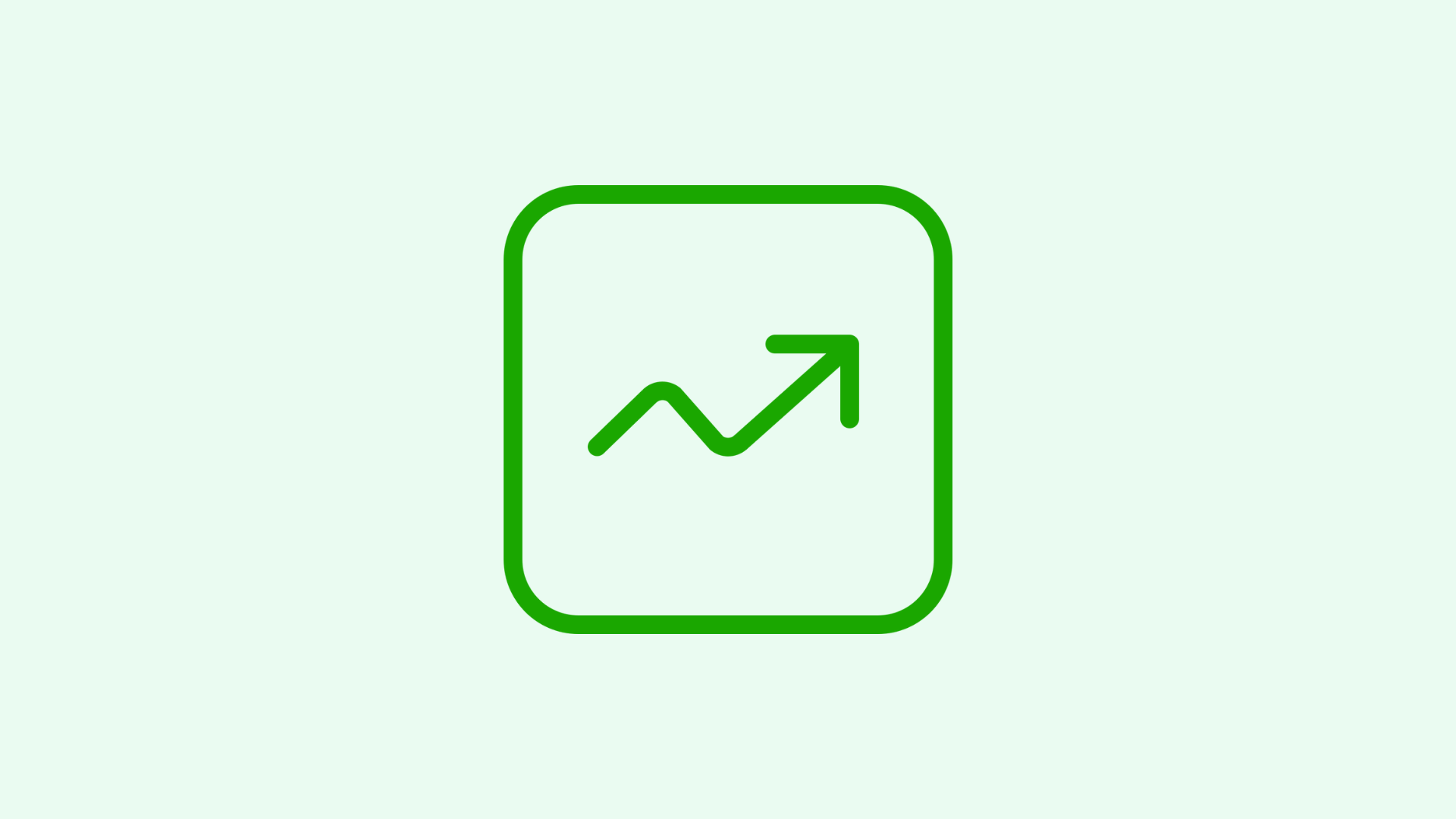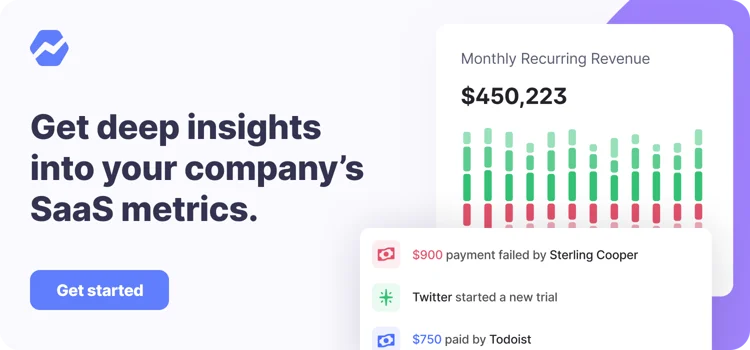Table of Contents

With a huge number of analytics options out there for Shopify sellers, it can easily feel like you’re not making the most out of the data you have available to you.
Whether you’re a Shopify store owner – or are supporting sellers as a Shopify Partner – you probably ask this question quite often:
How do I get more from my Shopify analytics?
And clearly, there’s no shortage of add-ons and integrations to help you gain more data, and more insights from your data. With Shopify analytics, it’s easy to go BIG.
However, as any successful ecommerce professional knows, bigger doesn’t always mean better. The danger is that you fall into what we sometimes call the Big Data Trap – when the time and resource spent managing the data we have available to us is greater than the actual benefit we derive from that data.
So today, we also wanted to talk about going small with your data. In particular, once you’ve explored all the data you have available to you, how do you focus on the data that matters? How do you make it tight, meaningful and actionable – so it becomes genuinely useful in driving key business decisions?
But first, let’s quickly recap on how to get more useful data…
Going big – how to get more analytics data for Shopify
Shopify analytics itself has many of the most important metrics you will likely need, especially when you include the customer reports and marketing reports available to those on premium Shopify plans. Undoubtedly, bottom-line metrics (like Total Sales and Average Order Value) or funnel metrics (like Shopping Cart Abandonment Rate) will continue to form the bread and butter of your ecommerce reporting.
That said, you are definitely going to want to make the most of other free analytics options you have available to you. Especially Google Analytics and Google Search Console. If you don’t know how to add Google Analytics to Shopify, here’s a quick guide on how.
1. Google Analytics
With Google Analytics you will receive access to a host of granular data you can use to understand user behaviour on your site. Especially with the new Google Analytics 4, which is built around event tracking and engagement, making it easier to slice and dice your customer journeys.
Just be aware, Google Analytics and Shopify Analytics don’t always match up. This is because of differences in the way the two platforms collect and report on data. It’s not necessarily anything to worry about, but it’s important to know, especially when things don’t quite tally.
2. Google Search Console
Search Console on the other hand helps you understand how you are performing on Google’s search engine itself, giving actionable insight into where your Search traffic comes from, how well you rank, and for which keywords. It’s genuinely surprising just how many new Shopify stores have set up Google Analytics but not Google Search Console.
It’s a must. If you’re interested in how to better utilize Search Console for Shopify, here’s a helpful blog from Carlson.
3. Advertising data
If you are using advertising platforms such as Google Ads, Facebook or LinkedIn, you will already be aware how these give you access to another layer of useful analytics.
What many don’t know is that some advertising platforms can give you access to useful data, even if you don’t intend to pay for advertising. For example, Google Ads Keyword Planner is hugely useful for anyone researching organic search campaigns.
LinkedIn Campaign Manager, on the other hand, provides you with a treasure trove of rich demographic data on the people visiting your site. Many ecommerce businesses overlook this free tool (particularly if they are B2C and wouldn’t necessarily use LinkedIn for their comms or advertising).
First, you need to set up the LinkedIn Insight tag (you can use Google Tag Manager). Then you need to set up some matched audiences, (for example, visitors to your homepage, or visitors to your whole site). Once a matched audience reaches 300 users or more, you can start to explore the data.
It’s a helpful way of understanding exactly who is browsing your content, in demographic terms. For example – are the people looking at your luxury jewelry store CEOs with fat wallets or a bunch of cash-strapped students?
Going small – how to get more out of your Shopify analytics data
As we can see, even a limited set up for your Shopify store gives you access to thousands, if not millions of individual data points.
And that’s the problem.
For most Shopify sellers, the hard part is not just about accessing useful analytics, it’s about boiling it back down to a meaningful diet of data that can actually support everyday business planning and decisions.
So how do you attain that focus? How do you go small?
Establish your mental model first
Whenever we work across a complex process or system, we normally have a mental model of how that process works in the real world. A very simple example of a mental model would be the concept of supply and demand. If we see demand go up, we know that this affects the decisions we can make with supply – we can buy more stock or raise prices.
The mental model you have for your store is partly informed by the nature of your business, and partly informed by you, your priorities, and your entrepreneurial style.
As a result, everyone’s mental model for how their business runs is slightly different. And that’s fine.
But if you want data to inform your decision making, you need the data to fit your mental model, not the other way around.
Unfortunately, many ecommerce professionals feel they need to accept the standard models they are presented with. For example, Shopify builds much of its analytics presentation around AARRR (otherwise known as pirate metrics) , which stands for
- Awareness
- Activation
- Revenue
- Retention
- Referral
If this particular type of sales funnel works for you, then great. But don’t be afraid to say if it doesn’t. After all, how likely is it that the same sales funnel works the same for every company or product? Think about impulse purchases vs products where buyers spend months researching. Think about one-off purchases vs products we buy regularly.
(In fact, the whole concept of the standard sales funnel has been called into question by marketers in recent years.)
I would say it’s better to build bespoke funnels which make sense for your business. What is the process customers actually follow to end up at your store? How long does it take? Where is the emphasis? What are the moments of truth?
When you break this down, you begin to appreciate – and start focusing in on – the metrics that are most important to you.
Determine Monitoring Metrics and Performance Metrics
One way to create a meaningful distinction between your data is to consider the difference between “monitoring metrics’ and “performance metrics”.
1. Monitoring Metrics
Monitoring metrics, sometimes called health metrics, are about reporting on what’s normal. Aside from giving you peace of mind, they are of relevance only when they indicate something has changed. You can establish monitoring metrics by asking yourself the simple question:
“If this metric were to drastically change, would I want to investigate?”
The benefit of establishing monitoring metrics is that once you have determined them, you can track a large number of them, without having to use much of your day-to-day mental bandwidth, because you only take action if they are behaving strangely. A regular but cursory glance, and they become as instinctive as checking the time.
2. Performance metrics
Whereas with performance metrics (or KPIs), you have actively decided these are important, because they indicate the progress you have made towards your business goals. Setting good KPIs takes time, but if you do this well, and set a small, manageable number of KPIs, you can devote more of your mental bandwidth when using them to improve the overall performance of your store.
With both performance metrics and monitoring metrics, the point is that you are being intentional about the metrics you are tracking, why you are tracking them, and the degree to which you need to act on them. The worst case scenario is that you track any and all metrics indiscriminately, spreading your attention so thin it becomes pointless to track any.
Create meaningful time frames – and stick to them
Be intentional and consistent in the time frames you use to appraise your analytics.
Of course, when you are using analytics to run exploratory or investigative analysis, it can be helpful to zoom in and out of time periods. However, when you are integrating data into day-to-day business operations, it’s not helpful to keep changing the time frames.
Again, this is partly about managing your own bandwidth.
Suppose you regularly monitor a key metric like Average Order Value, which has some natural variance, but often tends to a point.
You will want to set parameters which are short enough to indicate meaningful change, but aren’t so short they don’t take into account natural variance. Once you’ve found the sweet spot, and report on it regularly, you build up a familiarity with the shape and nature of that metric. You develop almost a sixth sense for when it’s behaving unusually.
Whereas if you constantly change the time frames, you don’t build up that same familiarity. You spend much more mental bandwidth working out whether the recent changes require further attention or not.
Make your analytics visible
Most in-built analytics platforms will visualize your data, but that’s not the same as making it visible.
It’s important that everyone in your team (most of all, you) has regular sight of what is going on. Making your data as visible as possible creates feedback loops, which can inform thinking and decision making.
But with a standard Shopify analytics set up, each member of your team is required to log in to each platform, and spend time with the data in order to get any meaning from it. In reality, people have other priorities, and it never happens. Worse, the problem is exacerbated if your KPIs are spread across multiple platforms.
Many Shopify users can solve this problem by bringing the data to the team, in the form of a live KPI dashboard.
These overview dashboards pull data from different sources and visualize your most important metrics, in a way that makes sense to you and your team. What’s more, these dashboards are designed to be visible, with sharing features that mean you can automatically display the dashboard where everyone’s attention already is – be that Slack, email, mobile or a TV screen on the wall.
In summary…
At Geckoboard, we believe the most transformative thing a business can do with their data is to get it in the right hands, so it informs everyday decisions.
It’s not about expensive data warehousing or predictive, AI-powered tools. It’s about entrepreneurs and business leaders gaining greater access, understanding and awareness of their data.
So if you want to be a data-driven Shopify superstar, don’t just ask yourself how you can get more data – ask yourself how you can get less.


